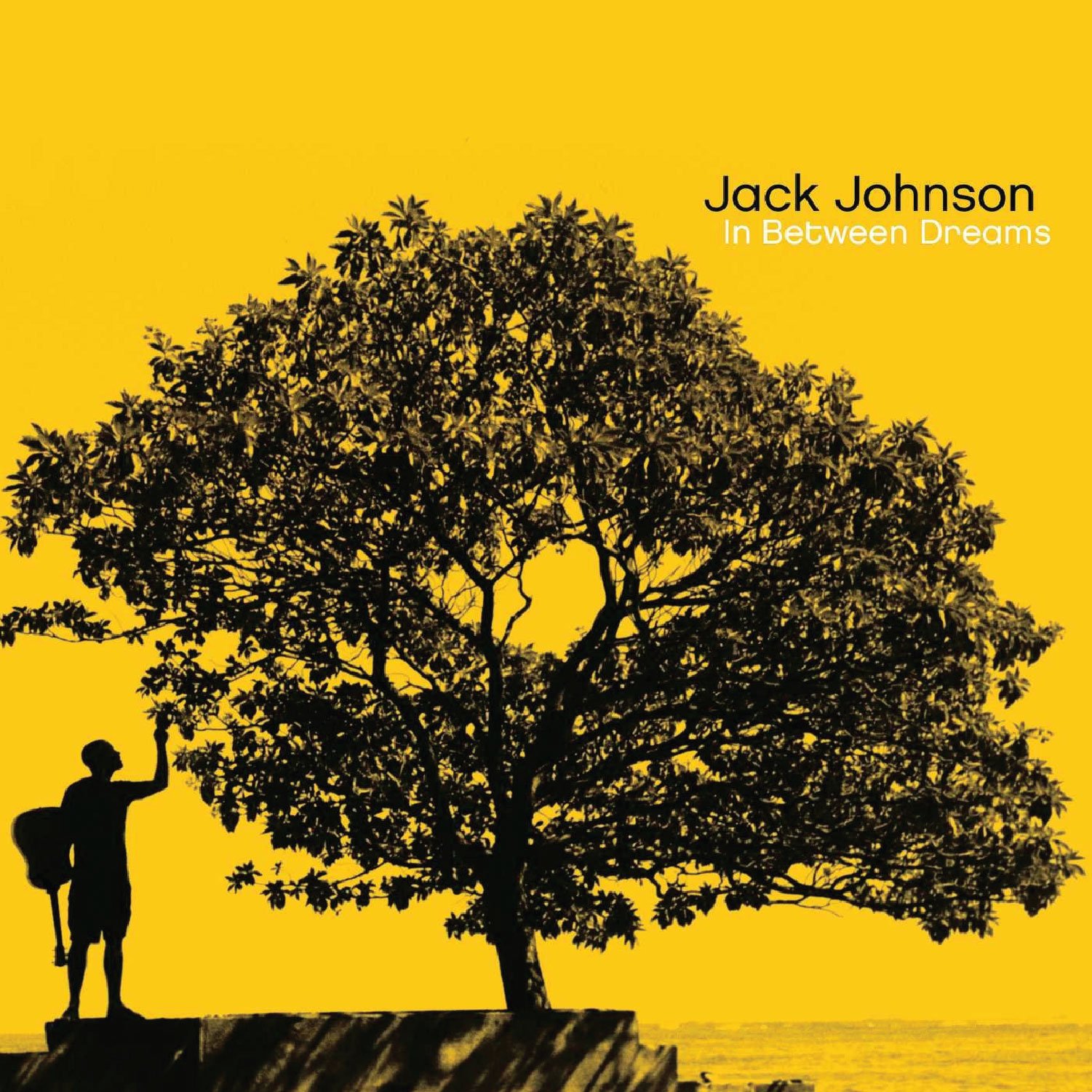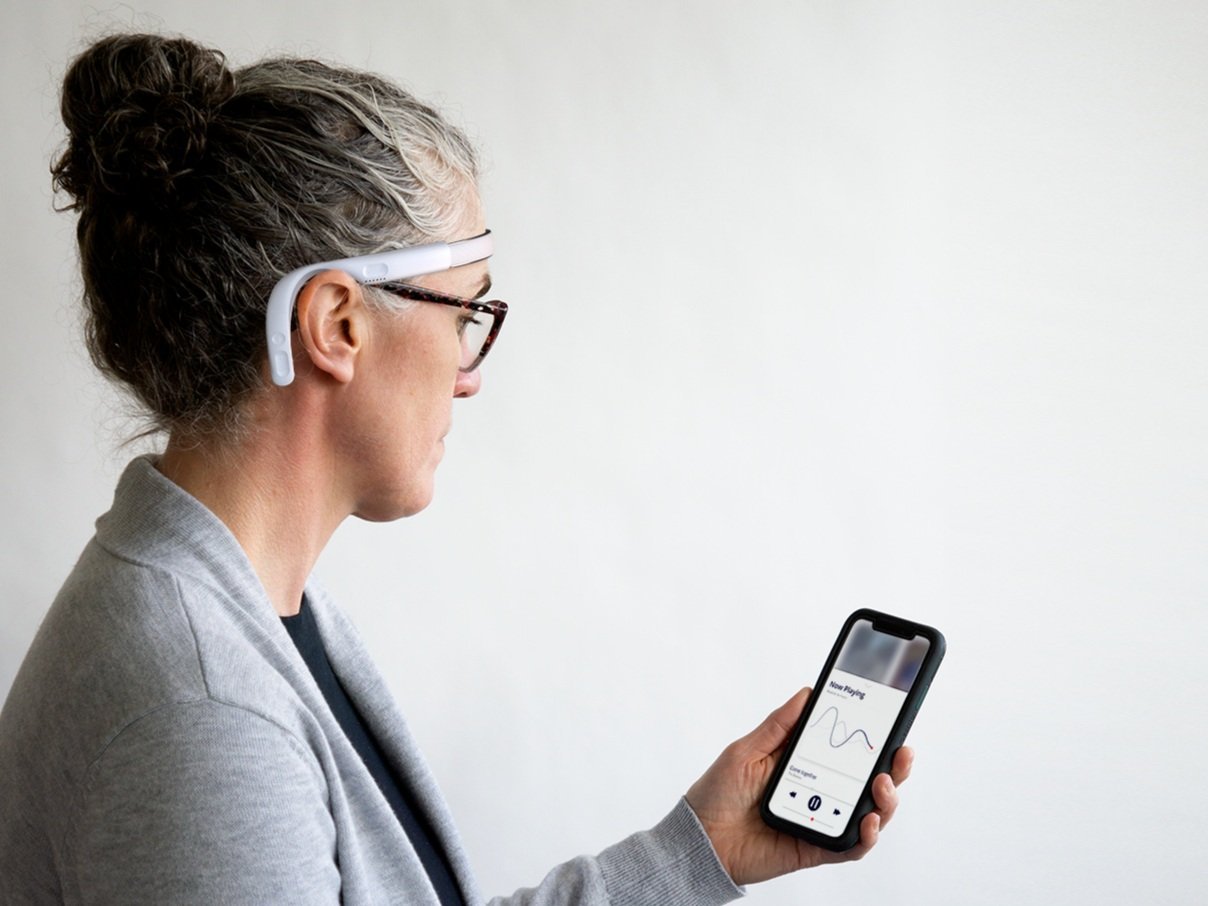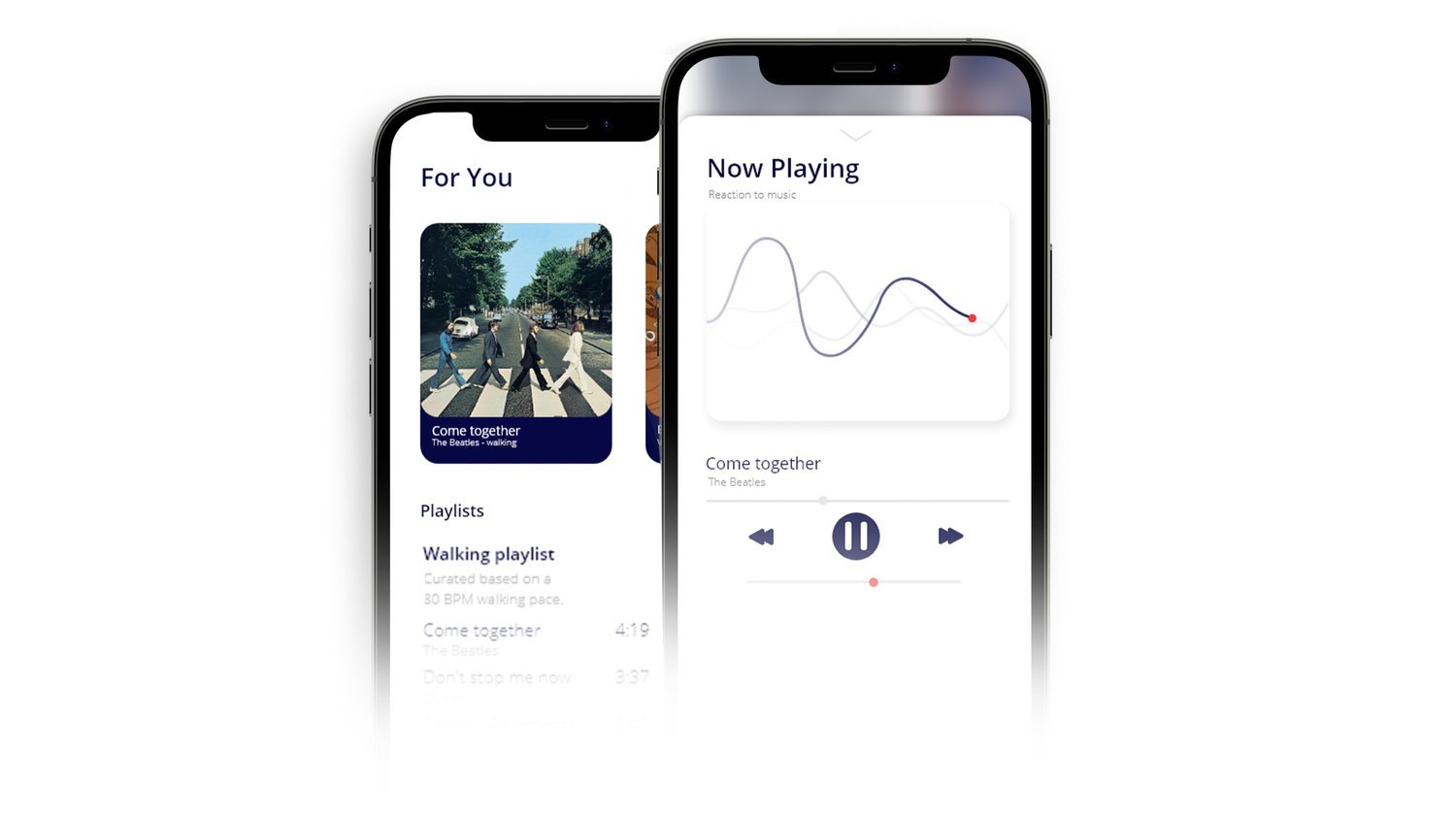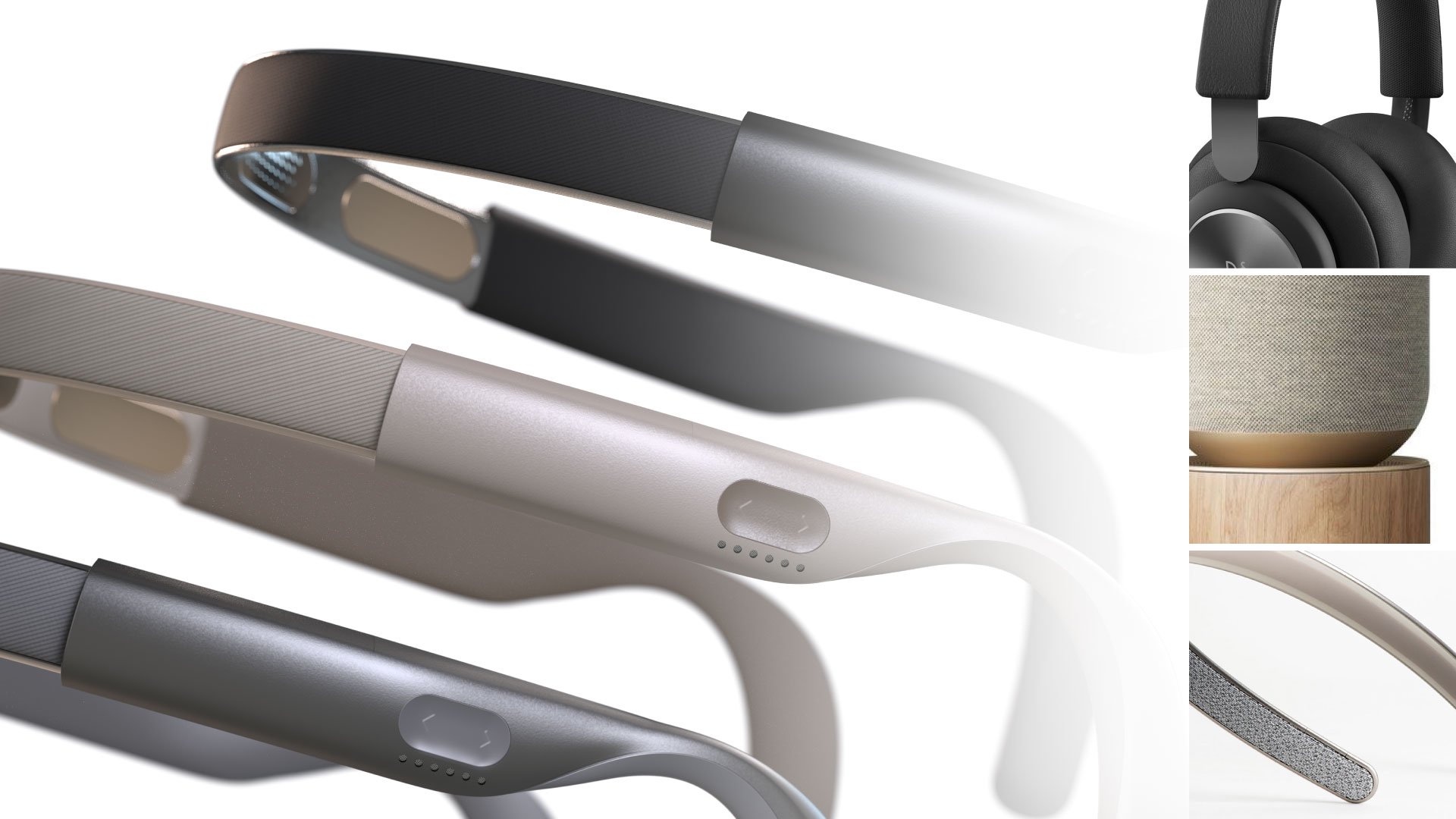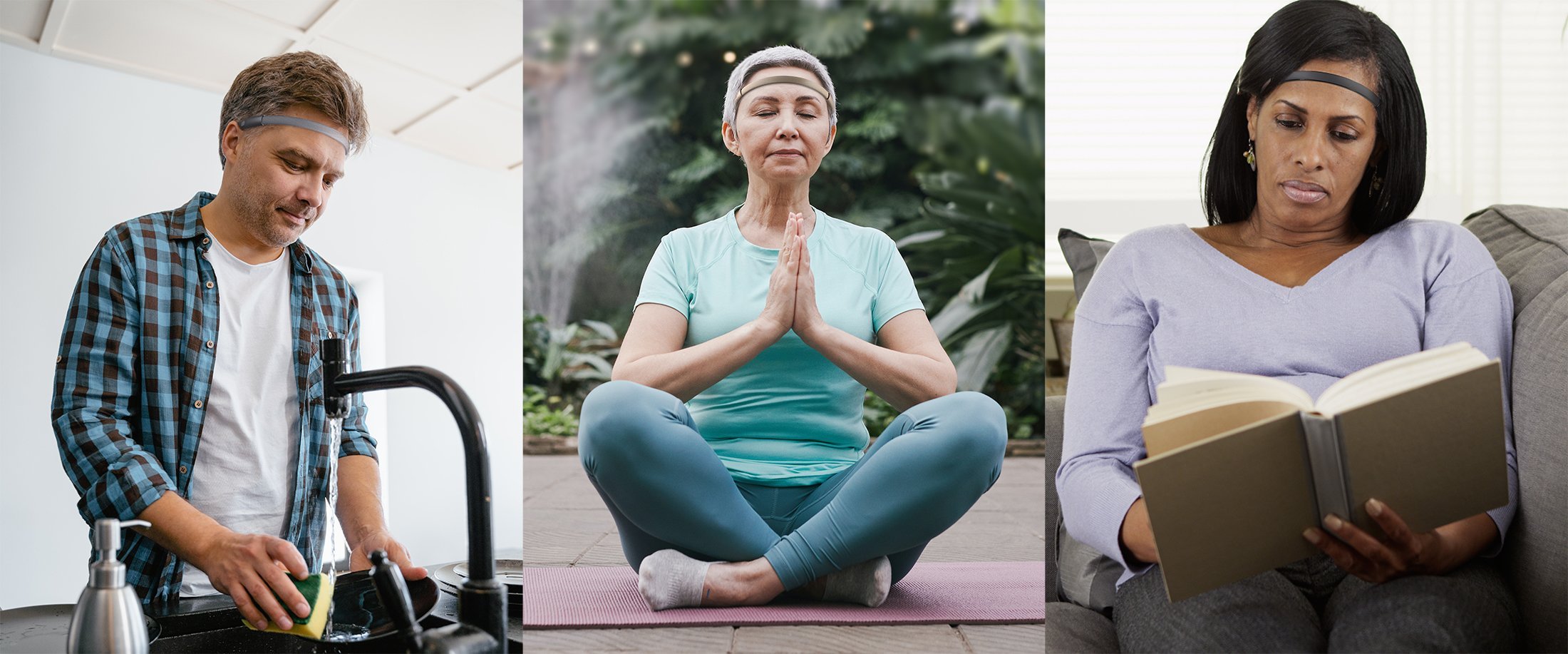Tempo
Disciplines: Industrial Design - UX Design - Design Research
Design Team: Kelsey Leppek | Rafer Stromme
2021
A nuero-headband for music therapy: Tempo is a wearable and app experience that plays music based on neural feedback. It’s goal is to combine music therapy techniques with familiar experiences like using music streaming or exercise apps. Making music therapy more accessible and personalized experience for users.
Background
-Eric Feldman, Music Therapist and founder of Cottonwood Music Therapy, Fort Collins, CO Neurologic Music Therapy
In music therapy, music is paired with traditional therapy methods to help patients promote physical rehabilitation, manage stress, and address cognitive and emotional needs. Tempo was designed specifically with stroke patients in mind, but could benefit a range of patients, including those dealing with dementia, Parkinson’s, and brain injury from an injury.
Motor Skills
Music affects movement. Musical cues significantly increase the development of parts of the brain integral to sound and movement.
Speech Therapy
Patients who suffer from brain damage from a stroke, dementia, or injury often benefit from music therapy, as it activates and connects communication centers of the brain.
Mood and Memory
Music with familiar or emotional associations make certain songs effective for speech, memory, and emotional therapies.
Memory
Familiar songs help activate the memory center of the brain.
Aphasia
Tracks with clear lyrics and strong melody are good for speech therapy.
Attention and focus
Songs that don’t feature words are good for focus and recall.
Emotion
Songs with emotional significance activate emotions in the brain.
Gait training
Music with consistent rhythms can help with gait training.
Mood and ambient
Preferred music can help improve mood.
The music matters.
Research has shown that different music activates distinctly different areas of the brain. Intrinsic qualities like rhythm, cadence, and tempo determine whether or not a song pairs effectively with a particular form of therapy. Subjective qualities such as familiarity and emotional connection make certain music effective for speech, memory, and emotional therapies.
Tempo plays music optimized for music therapy
The headband combines an electroencephalogram (EEG) with small external speakers positioned in front of the ears that play music. Tempo tailors a music feed for different music therapies based on user input, neural activity, and the kinds of music to which the user responds positively. Music preferences and streaming are controlled via the app.
External audio for situational awareness
Tempo plays music from external speakers (as opposed to internal speakers like earbuds), leaving the ears open and ensuring the patient has situational awareness and can hear their surroundings.
Dual sided buttons for users with mobility challenges
Buttons on both sides of the device allow the user to skip tracks, change volume, and play or pause music playback. The dual sided and tactile buttons ensures ease of use for patients with compromised mobility.
Neural feedback dictates music selection
EEG sensors monitor brain activity while the patient is listening to music. This real time neuro-feedback is incorporated into a music selection algorithm, ensuring that music is selected based on whether or not it’s actually effective.
Band adjustment
The band is tightened and loosened using a pressure fit system, similar to headphones.
Music selection and health insights
The app allows patients to select music that is effective for certain therapies while also displaying health insights. This helps to democratize therapy personalization and selection, relating it to like listening to music streaming services or using an exercise app.
User’s could have playlists curated for specific activities and therapies that work best for them.
Inspired by soft tech and audio accessories
The front band combines fabrics with high gloss plastic and metal accents, relating the product to audio devices on the market and positioning the device as an audio accessory in addition to a medical device. This encourages its use in casual, everyday settings.
However, Tempo still maintains important features of medical devices—the components that contact skin are made from soft touch plastics to ensure that it is both comfortable and easy to clean.
Designed for destigmatized, everyday use
The colors were chosen for their ability to compliment the user’s personal style, or blend into their hair or skin if so chosen.
Taking cues from headphones and wearables, the device is designed to be viewed and treated as an accessory, rather than
a purely medical device.
Initial interviews
Opportunities to hear from stroke survivors and listen to their experiences and stories played a valuable role in the development of Tempo. Hearing what has and has not worked well in rehab, things they have found success in, and pain points that still exist in their rehab. It was an amazing opportunity to listen and converse about their experiences. Thank you to all who were willing to share your personal experience and expertise.
Stroke & Brain Injury Zoom Meeting
Initial exploration
Initial concept ideation lead to 5 different rehab solutions involving telehealth, AR assisted rehab, electrical muscle stimulation, vital tracking, and neuro-music therapy. The music therapy concept was selected due for its unique and novel nature, user independence, and arising technology.
Ideation and prototyping
Further form development, ergonomic considerations, and system integration.
Component analysis
Device tear downs of EEG’s and consumer external audio products provided insight into possible component configurations.
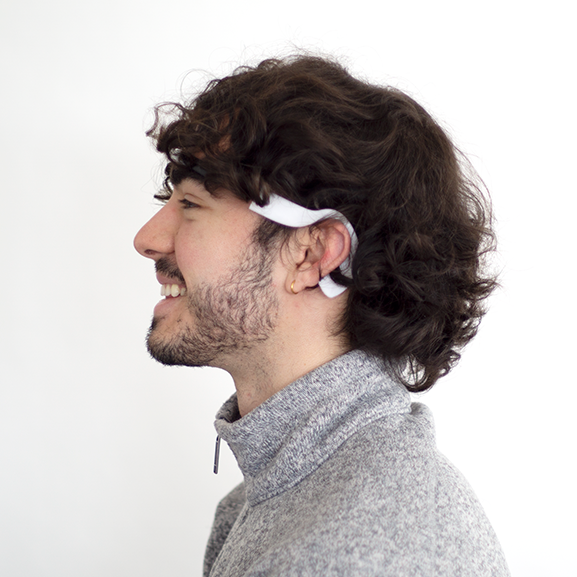

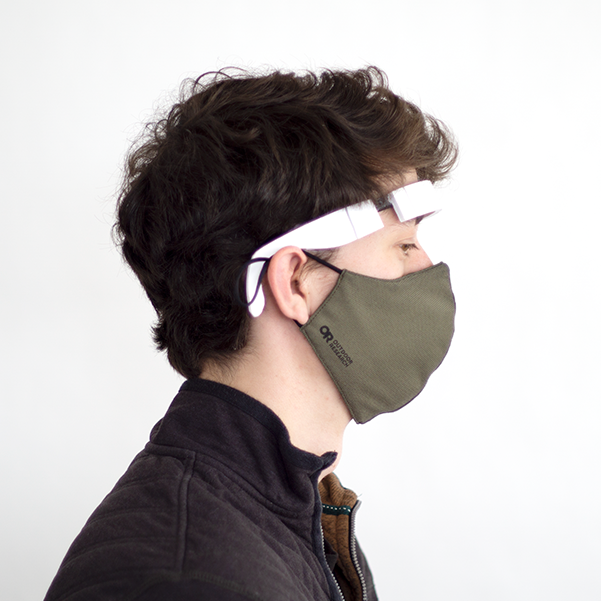
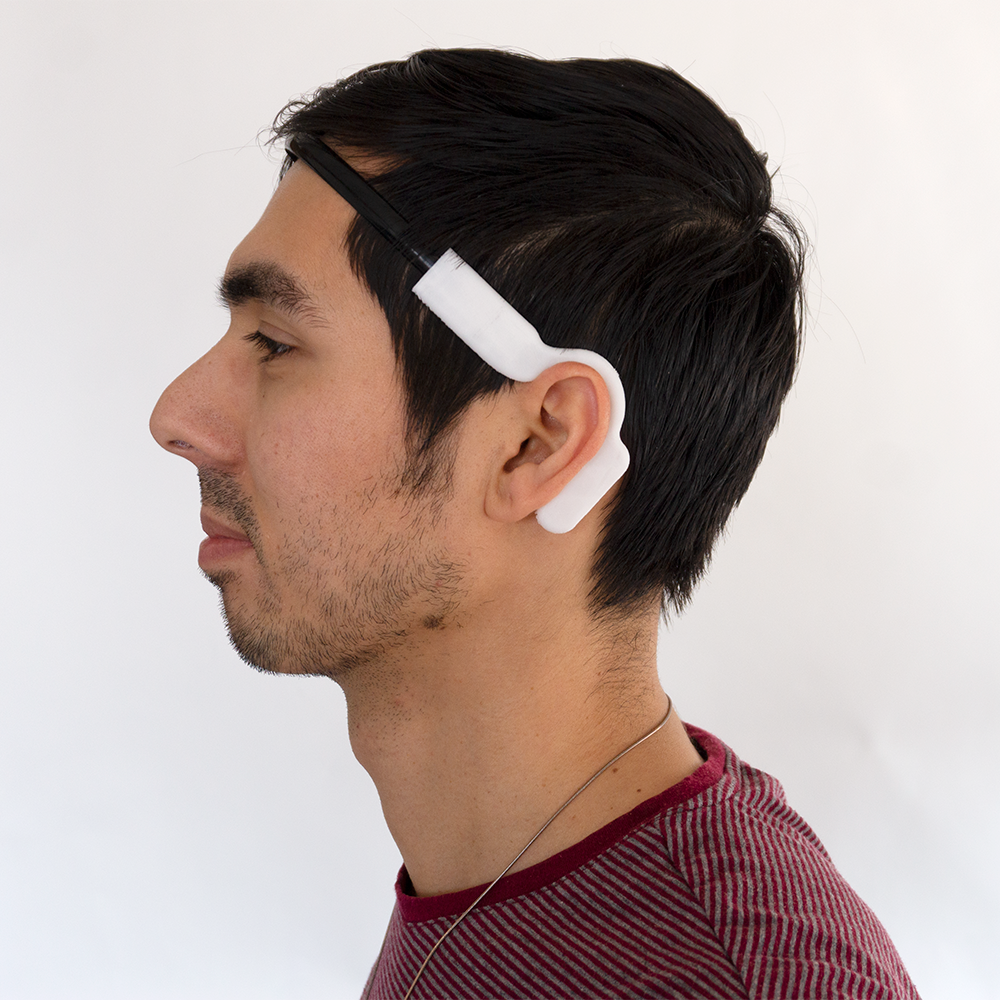
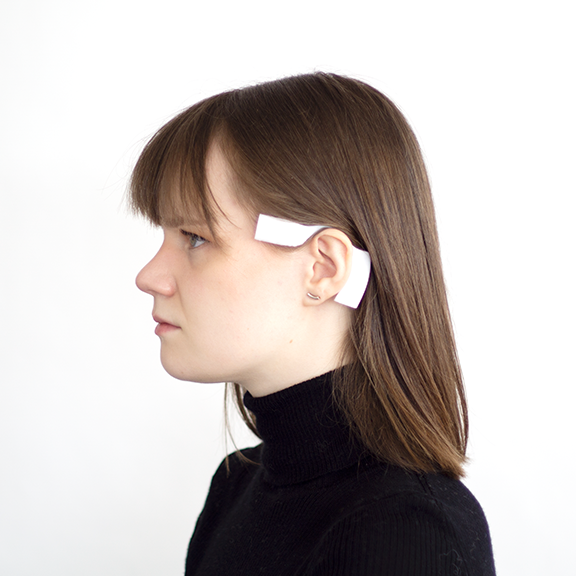
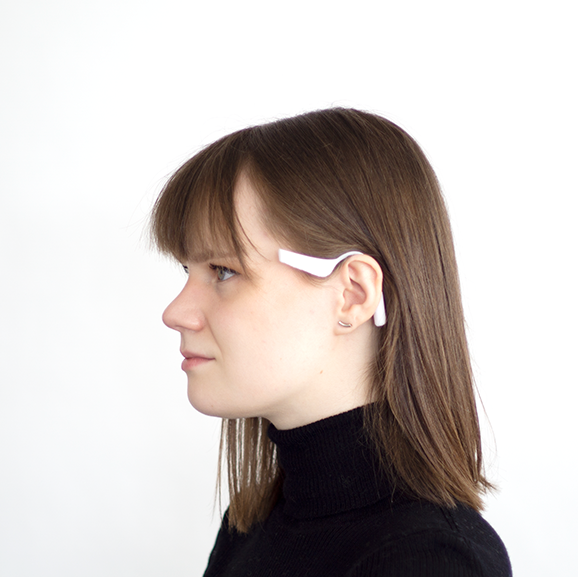

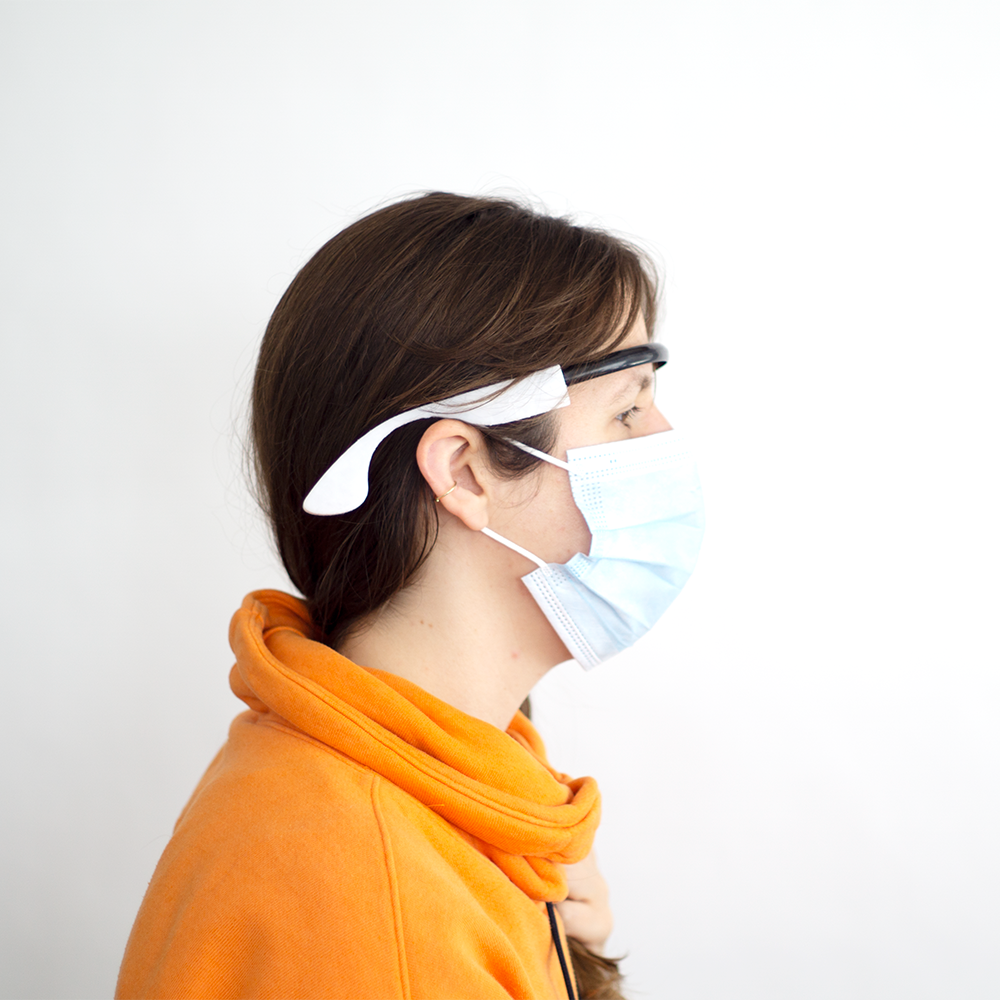
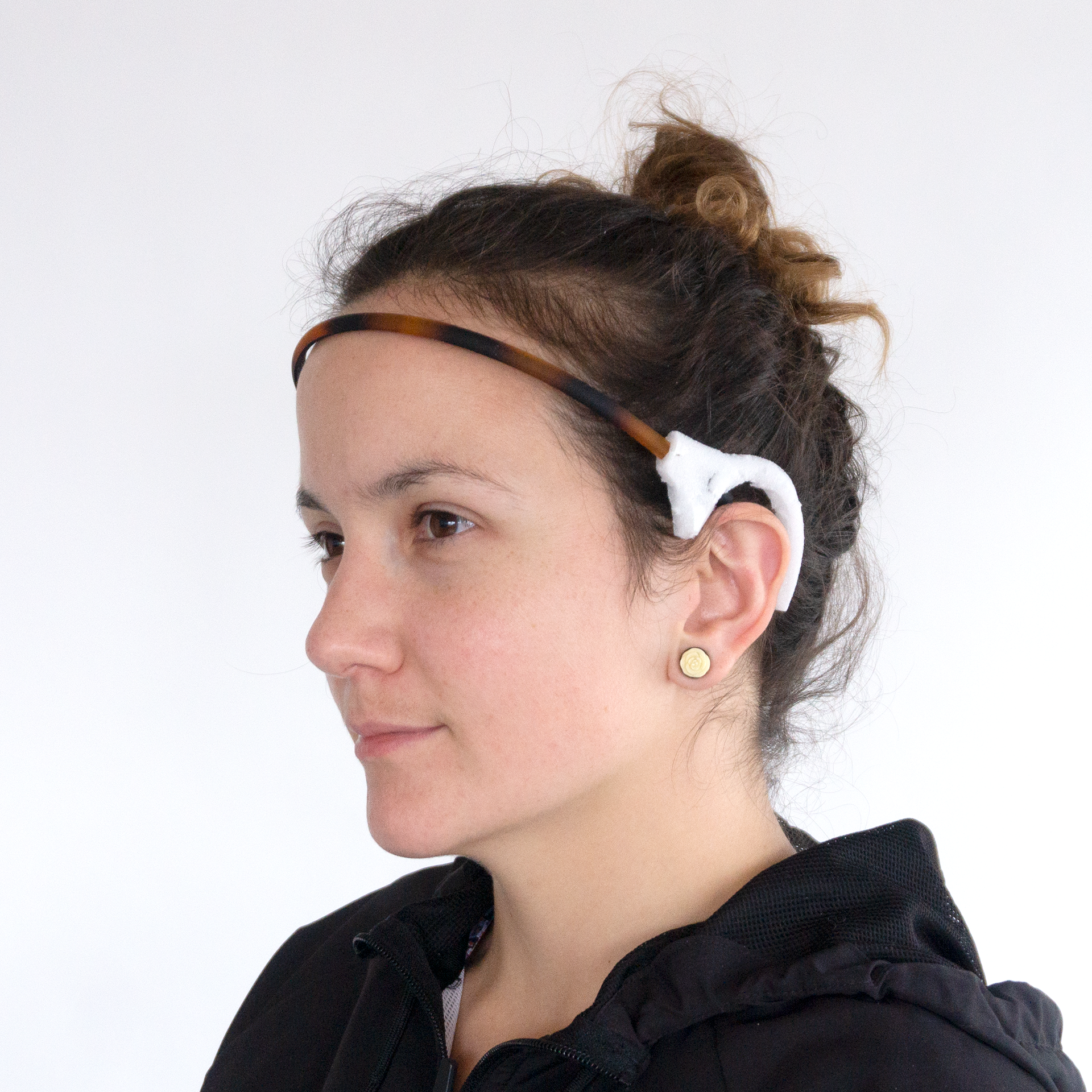

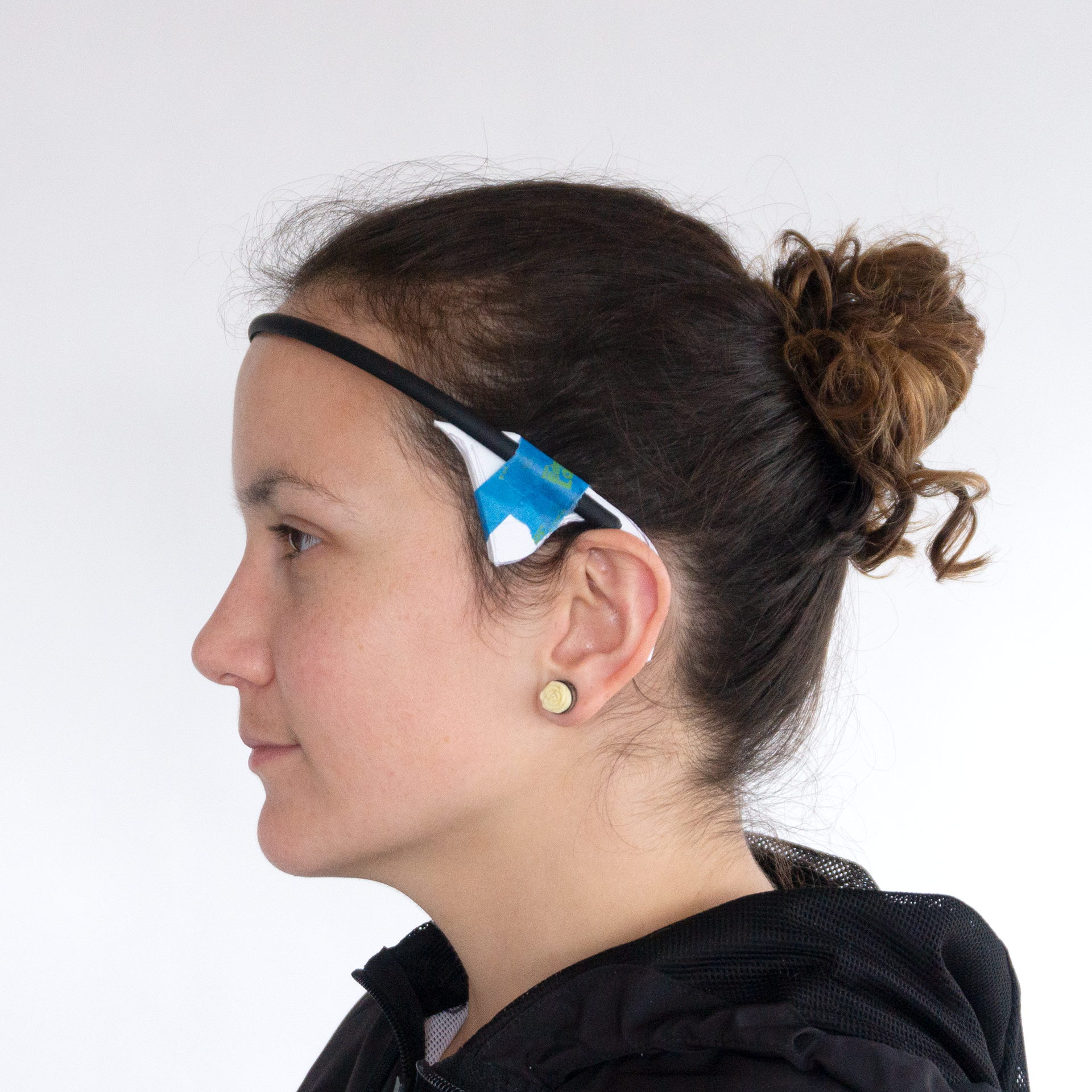

Thank you to the designers at Sonosite for your expertise and mentorship throughout this project.





